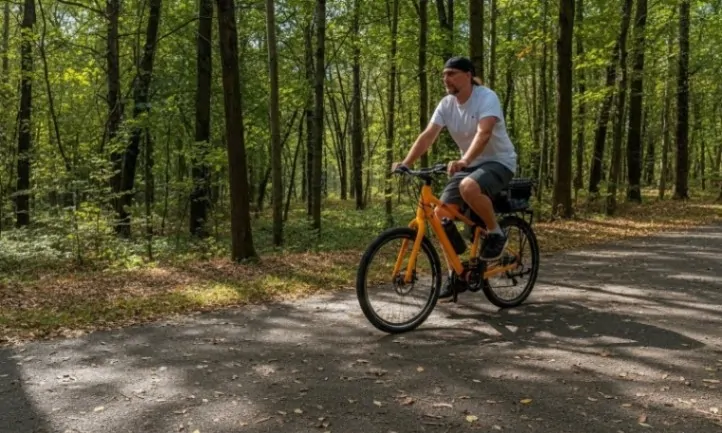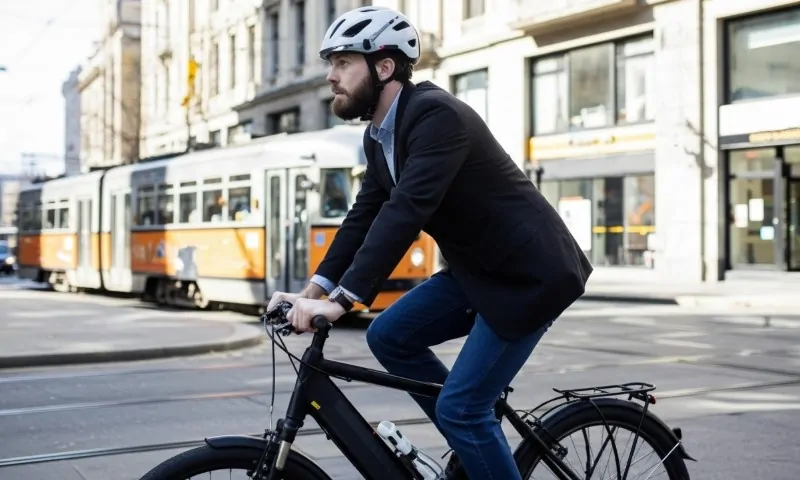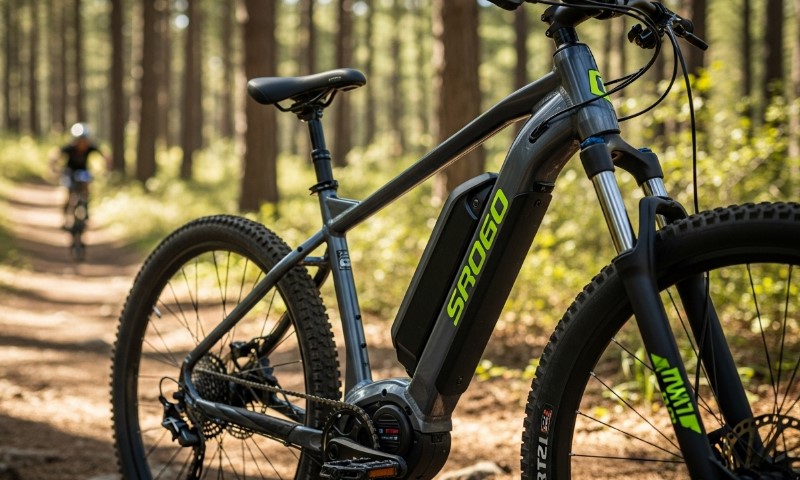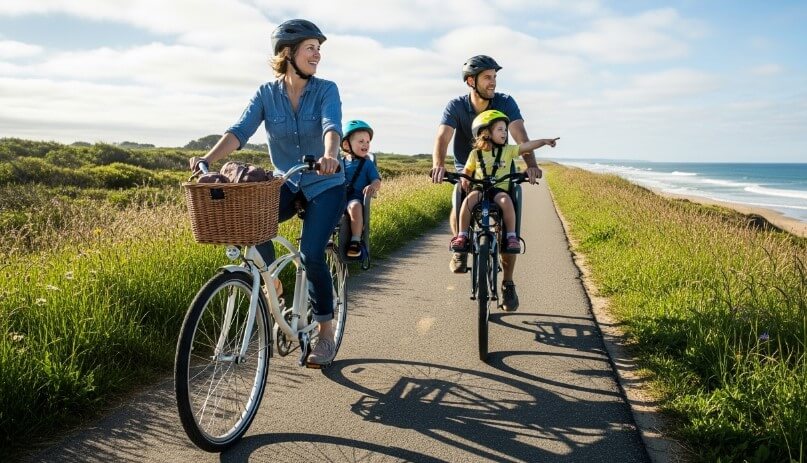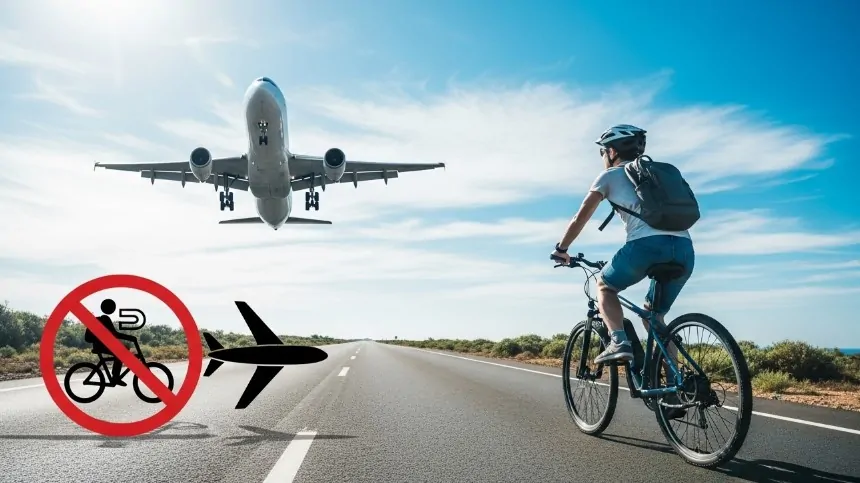I remember the first time I saw a Class 4 e-bike whiz by. The speed, the power—it was unlike any electric bike I’d seen before. Sure, I had heard about Class 1, 2, and 3 e-bikes, but this? This was a different beast entirely.
It looked more like a motorcycle than anything else, but still, it had pedals. It made me wonder, what exactly sets a Class 4 e-bike apart? I did some digging, and today, I will break it down and get to the heart of what makes a Class 4 e-bike tick.
Table of Contents
ToggleThe Basics You Should Know
A Class 4 e-bike is a next-level electric bicycle, and by “next-level,” I mean it doesn’t fit the mold of what most of us think when we hear “e-bike.” Class 4 models go beyond the standard power and speed limitations of the first three classes.
Imagine something that can rival a moped, both in terms of speed and power. With motors pushing out over 750 watts and speeds often exceeding 30 mph, we’re talking about serious power.
In essence, a Class 4 e-bike is more of a motorized vehicle than a traditional bike. If you’re used to leisurely cruises on a regular e-bike, prepare to shift gears—literally and figuratively.
Key Features of Class 4 E-bikes
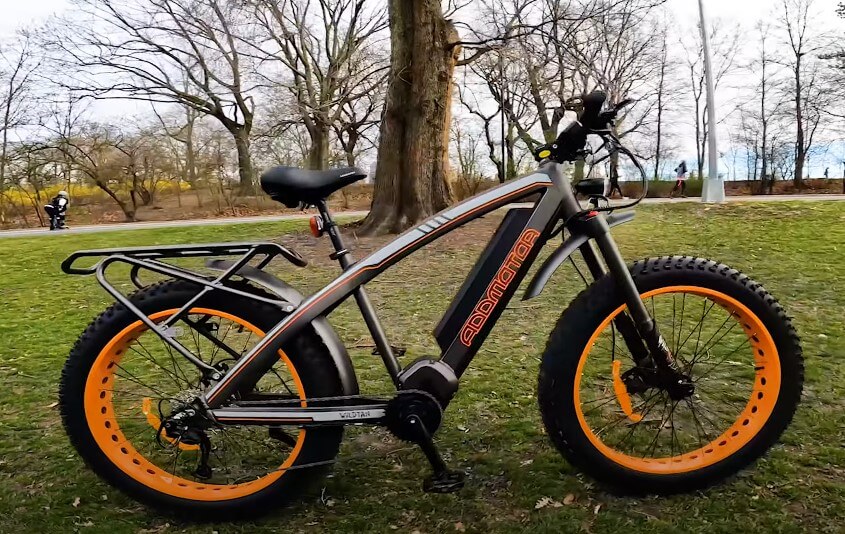
Here’s what you get when you jump into the world of Class 4 e-bikes:
1. Incredible Power
With motors exceeding 750 watts, you’re looking at a machine designed for high-performance use. Hills? Heavy loads? Rough terrain? A Class 4 e-bike eats that for breakfast.
2. Blazing Speeds
Unlike the lower classes, which have capped speeds (Class 1 and 2 are limited to 20 mph, and Class 3 to 28 mph), Class 4 e-bikes push well beyond that, with some models easily going over 30 mph.
3. Throttle and Pedal Assist
You get the best of both worlds. You can pedal with motor assistance, or you can sit back, twist the throttle, and let the motor do the work. This setup makes them perfect for tackling long commutes or more strenuous rides without breaking a sweat.
4. No Speed Limits
Class 4 e-bikes are built without the speed restrictions found in lower classes. But that also comes with a downside—they’re not allowed on public roads or bike lanes in most places, since they fall into the category of motorized vehicles. More on that later.
5. Off-road Capabilities
They’re not just for speed on open roads—many Class 4 e-bikes are built tough for off-road adventures, handling terrain that would leave lower-class bikes struggling.
So, if you’re someone who loves a rugged trail or enjoys outdoor sports, this might be right up your alley. Some electric dirt bikes are street legal as well.
How Class 4 E-bikes Differ from Lower Classes
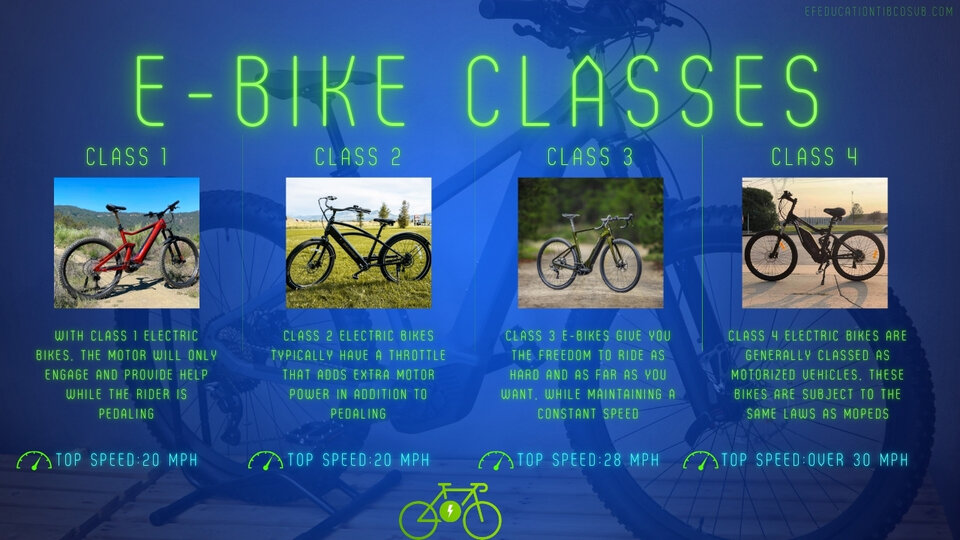
Let’s quickly compare:
- Class 1: Pedal-assist only, with a max speed of 20 mph. Great for those who still want a traditional cycling experience but with a little motor support. No throttle, so it’s all about pedaling.
- Class 2: Pedal-assist with the added option of a throttle. You can ride up to 20 mph without ever pedaling if you want.
- Class 3: Pedal-assist again, but now you’re going faster—up to 28 mph. It’s often the choice of serious cyclists who want to up their speed.
Now, when you look at Class 4, it’s almost like comparing apples and oranges. While Class 1, 2, and 3 are all about assisting your pedaling, Class 4 gives you the option to go pedal-free if you wish and blow past those speed limits.
Legal Status and Safety Requirements
I think it’s important to mention that owning a Class 4 e-bike comes with some added responsibilities. You can’t just take one of these out for a spin and expect to be treated like a regular cyclist.
Due to their power and speed, most states treat them like mopeds or motorcycles. So what does that mean?
- Licensing: In most areas, you’ll need a valid driver’s license to operate one. There’s no slipping past this rule—Class 4 e-bikes are treated as motor vehicles, not bicycles.
- Registration and Insurance: You’ll also likely need to register your e-bike and possibly even insure it. This can vary depending on where you live, so it’s something you should look into before buying.
- Safety Gear: Because they’re fast and powerful, safety is a big concern. Riders are typically required to wear helmets and, in some cases, additional protective gear. And let’s be honest, at speeds of 30+ mph, wearing a helmet is just common sense.
- Restricted Access: You can forget about using Class 4 e-bikes on public bike lanes, trails, or even certain roads. Their speed and power make them unsuitable for areas designated for traditional bicycles. You’ll often need to stick to private properties, open spaces, or roads where mopeds and motorcycles are allowed.
Why Choose a Class 4 E-bike?
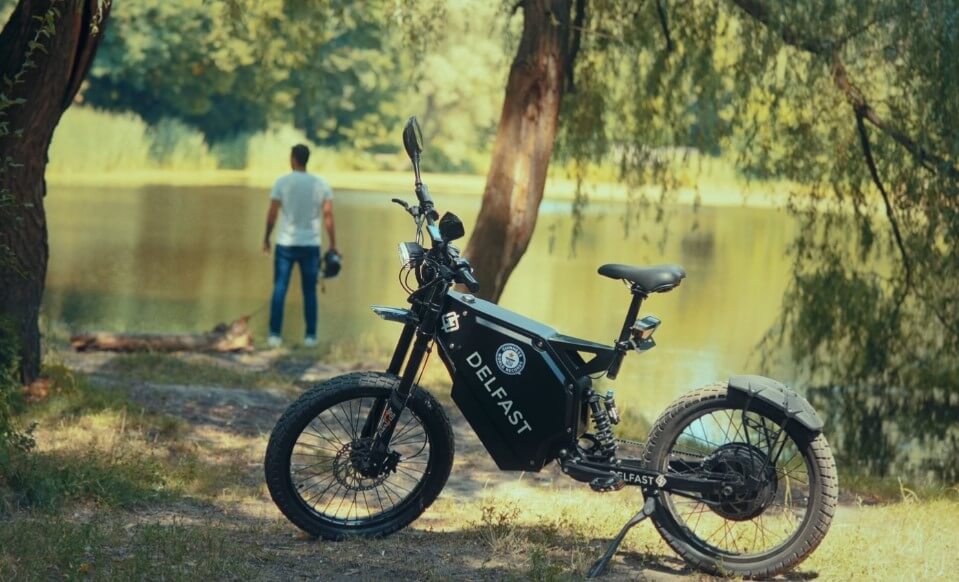
So, with all these restrictions, why would someone choose a Class 4 e-bike? Well, the answer depends on what you need it for. Here are a few use cases where these bikes really shine:
1. Off-Road Adventures
If you love taking the road less traveled—literally—then a Class 4 e-bike is a perfect fit. The extra power and durability make it great for outdoor sports, hunting, or just exploring rugged terrain where lower-class bikes might struggle.
2. Alternatives to Mopeds or Scooters
Maybe you’re tired of sitting in traffic but don’t want to commit to a motorcycle. A Class 4 e-bike offers a greener alternative to mopeds and scooters, with the added benefit of being able to pedal when you want a bit of exercise.
3. Heavy Loads and Cargo
Need to carry something heavy? Whether it’s camping gear, groceries, or equipment for your next adventure, Class 4 e-bikes are built to handle extra weight. Their powerful motors allow them to transport heavier loads without losing speed or efficiency.
4. High-Speed Thrills
Let’s be real—sometimes, you just want to go fast. If you’re an adrenaline junkie, the higher speeds of a Class 4 e-bike can give you the thrill you’re looking for. Just remember to always ride safely!
What to Consider Before Buying a Class 4 E-bike
Before you go all-in on a Class 4 e-bike, there are a few things you’ll want to consider:
- Check Local Laws: Every region has its own rules about Class 4 e-bikes, so be sure to research the requirements where you live. Some states or countries may not even recognize them as bicycles at all.
- Maintenance: With great power comes greater maintenance. You’ll need to take care of your bike like any other motorized vehicle, ensuring the motor, battery, and other components are in top shape.
- Safety First: At those speeds, things can go wrong quickly. Make sure you’re comfortable with the extra power and always wear protective gear.
- Cost: Class 4 e-bikes can be a bigger investment compared to lower-class models. You’re not just paying for the bike itself but potentially insurance, registration, and added safety gear.
The Bottom Line
Class 4 e-bikes are a unique blend of traditional cycling and motorized power, designed for those who want to go faster and farther than typical e-bikes allow. They can handle rugged terrains, carry heavy loads, and, for some, offer a thrilling alternative to mopeds or small motorcycles.
But with this comes added responsibility—both legally and in terms of safety.
If you’re considering a Class 4 e-bike, make sure you’re prepared for the legal requirements and ready to ride responsibly. But if you’re looking for a machine that offers high-speed thrills and off-road capabilities, then a Class 4 e-bike just might be your perfect match.




